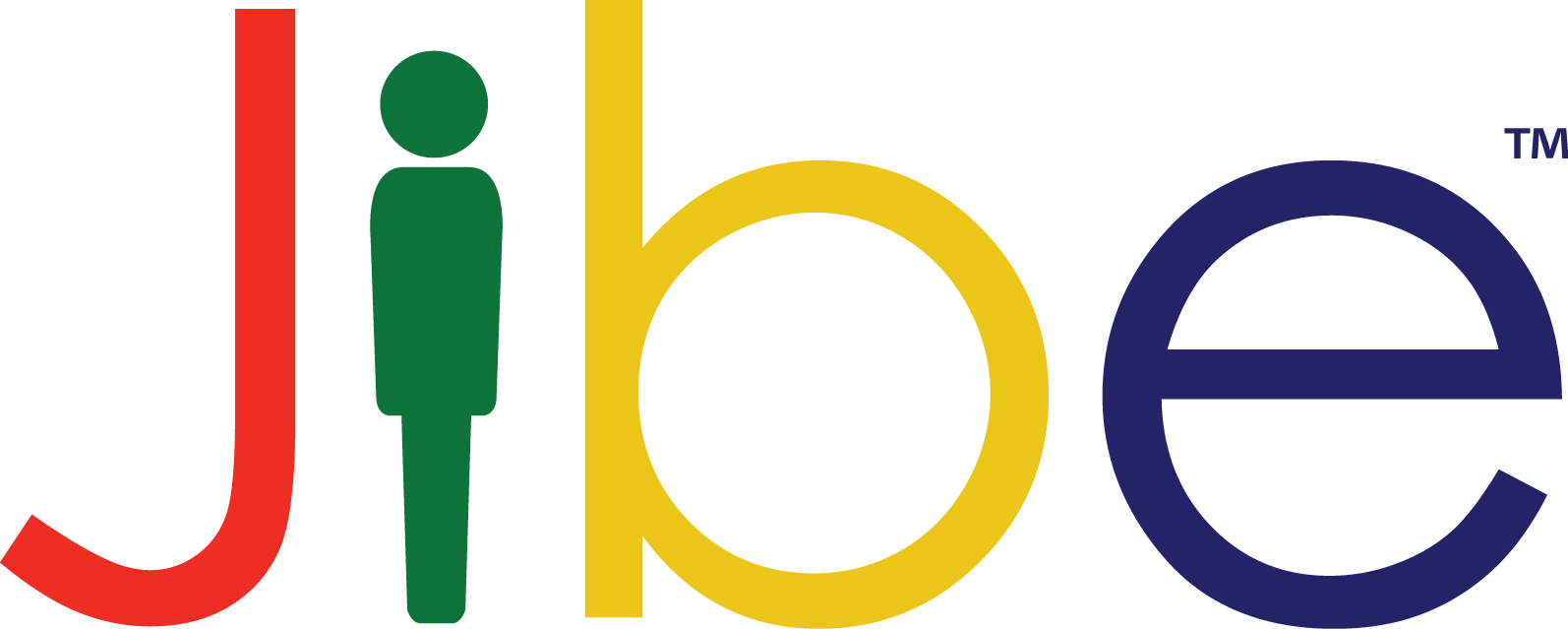Resume Design: Tips and Templates That Get Results
Employers prefer crisp-looking resumes that get to the point. By using the example on this page as a template, you’ll improve both the style and the substance your resume.
Layout
Add interest and clarity by using bullets, indents and varying font styles (such as bold and italic letters). Avoid using unconventional fonts or adding photos or graphics.
Length
The general rule is: one page for early-career (entry level to 5-10 years); two pages for mid-career candidates.
Job Data
Provide the reader with relevant detail about your past and present employers, such as product information, size and physical location.
Measurables
Quantify your job duties, reporting relationships and achievements with actual numbers.
Job and Education Dates
Make sure the dates are clear and without gaps. If you’re a mid- to late-career candidate, you can save space by lumping early-career jobs together.
Degree Credentials
Please be accurate—and honest. Misrepresenting your degree is unethical, and could result in consequences that are embarrassing—or worse.
Create a resume today using our resume builder
Share This Resource
Share this Jibe resource with others on social media
